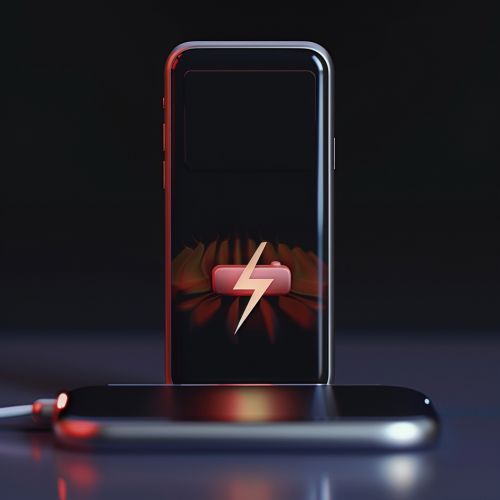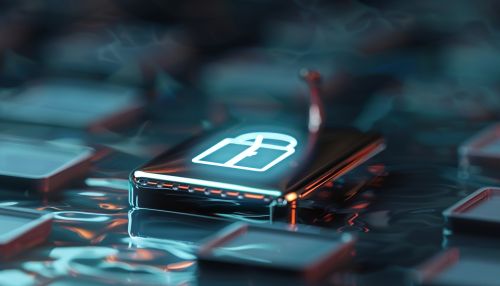Slow Charging
Introduction
Slow charging is a method of replenishing the energy of a battery over an extended period. This process is often used for batteries in various electronic devices, such as smartphones, laptops, and electric vehicles. The term "slow charging" is relative and can vary depending on the battery type and its capacity.


Understanding Slow Charging
Slow charging involves the transfer of electrical energy to a battery at a lower current rate. This method is typically used when there is no urgent need to charge the battery quickly, or when the battery's longevity is a priority. The slow charging process is less stressful for the battery, reducing the risk of overheating and extending the battery's overall lifespan.
Battery Charging Basics
To understand slow charging, it's essential to grasp the basics of how batteries charge. A battery is a device that stores electrical energy in a chemical form, ready to be converted back into electricity when needed. The charging process involves reversing this chemical reaction, which requires an external electrical power source.
The speed of charging, whether fast or slow, is determined by the charging current, which is measured in amperes (A). The higher the current, the faster the battery charges, and vice versa. However, charging a battery too quickly can generate heat and cause damage, which is why slow charging is often preferred for battery health.
Advantages of Slow Charging
Slow charging offers several benefits over fast charging. Firstly, it generates less heat, reducing the risk of thermal damage to the battery and the device. This is particularly important for devices with high-capacity batteries, such as electric vehicles, where overheating during charging can be a significant issue.
Secondly, slow charging can extend the battery's lifespan. Fast charging can degrade the battery's capacity over time, meaning it won't hold as much charge and will need replacing sooner. Slow charging, on the other hand, is gentler on the battery, preserving its capacity for longer.
Lastly, slow charging can be more energy-efficient. While fast charging can be convenient, it often requires more energy than slow charging, making it less efficient. Slow charging can therefore be a more environmentally friendly option.
Disadvantages of Slow Charging
Despite its advantages, slow charging also has some drawbacks. The most obvious is the time it takes to charge a device fully. For people who use their devices heavily or need them charged quickly, slow charging may not be practical.
Additionally, while slow charging can extend a battery's lifespan, it can also lead to a phenomenon known as "lazy battery effect" or voltage depression. This occurs when a battery is repeatedly charged without being fully discharged, causing it to lose capacity.
Slow Charging in Electric Vehicles
Slow charging is commonly used in electric vehicles (EVs). Most EV owners charge their vehicles overnight at home using a standard electrical outlet, a process that can take several hours. However, this is often not an issue as the vehicle is not in use during this time.
Public charging stations also offer slow charging options, although these are being increasingly supplemented or replaced by fast charging stations to cater to EV drivers who need to charge their vehicles quickly while on the go.
Conclusion
Slow charging is a crucial aspect of battery management, offering benefits such as reduced heat generation, extended battery lifespan, and increased energy efficiency. However, it also has its drawbacks, such as longer charging times and the potential for voltage depression. Understanding these factors can help users make informed decisions about when and how to charge their devices.
